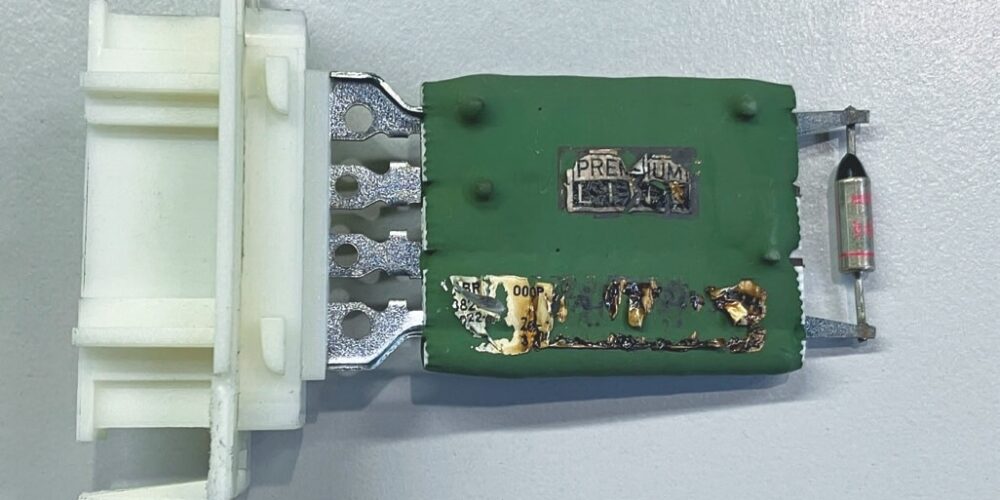Cybersecurity and the Future of the Automotive Industry
Cybersecurity is a term more often associated with the IT industry rather than the automotive sector. However, technology has firmly established itself in cars, and all its aspects are equally positive and vulnerable.

Cybersecurity in the Automotive Industry
Passenger cars are increasingly leaving factory gates with electronic drive systems. Steer-by-wire or electrified brake systems are no longer novelties, but they can also be potential threats and tempting targets for hackers. The lower the awareness, the higher the risk.
Add to this the direct connection of the car to the internet, or even the indirect connectivity of multimedia systems to the network via mobile phones. Let’s add more spice: even simple vehicles without very advanced multimedia systems already use all kinds of connectivity, such as tire pressure monitoring systems or diagnostic modules that provide information about the car.
The importance of this aspect was tested in 2015. A rather notorious incident, during which scientists were able to remotely control some vehicle functions, became a painful experience for both users and automotive industry pioneers. The situation forced manufacturers to take action to secure cars against unwanted network attacks.
“Being aware that a car user doesn’t need to have knowledge about potential digital security threats, we’ve implemented a principle of least privilege. This means that the vehicle user has minimal permissions and cannot freely manage all functions in the vehicle. When we develop our systems, we design them so that the driver receives access to a specific device in the vehicle only for the time needed to use a given function. For example, in cars, manufacturers rarely include app stores, and the driver only has access to factory-installed software. By using this approach, we can be sure that no security gap in the car will arise due to a usage error or uncontrolled access,” explains Dariusz Mruk, director of the Aptiv Technical Center in Krakow.
It’s easy to conclude that cybersecurity should go hand in hand with technological development in the automotive industry. This also creates an opportunity for many software developers to collaborate with the industry and constantly improve the protective barrier that would close potential gateways for hackers. In essence, an attack on a car can have very serious consequences and even lead to dangerous accidents, especially if we electrify steering or braking systems in cars.









